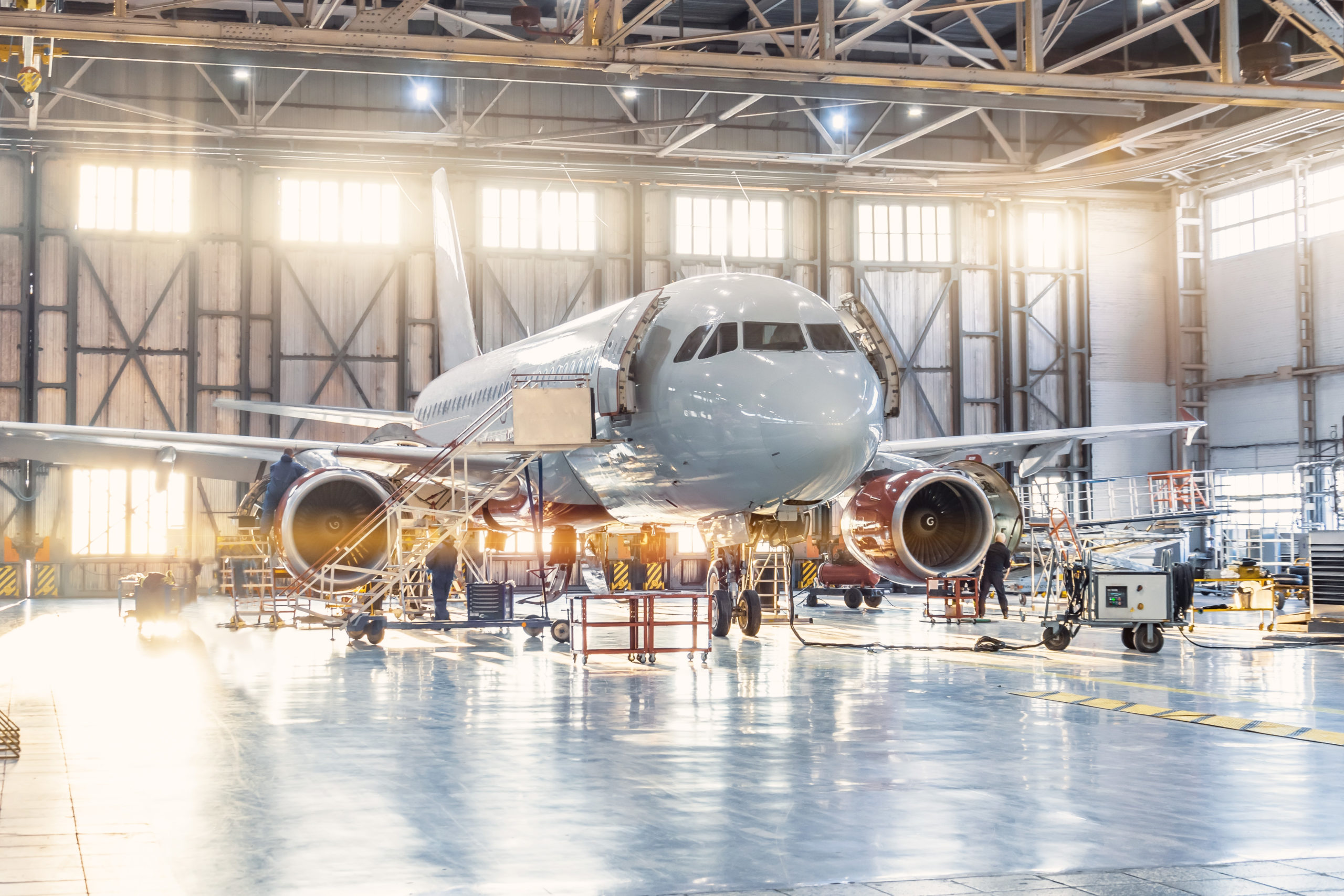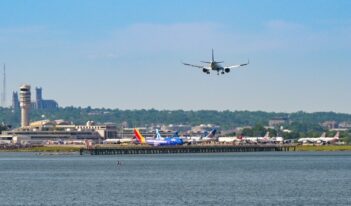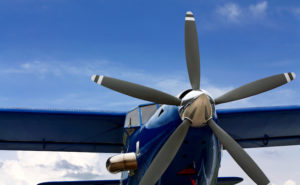
The grounding of the 737 MAX has revealed potential issues in the FAA’s aircraft certification process.
The U.S. Federal Aviation Administration (FAA) grounded the Boeing 737 MAX airplane in March 2019 following two deadly crashes. Over a year later, the planes have yet to return to the skies for commercial use.
As Boeing and the FAA worked toward re-certifying the aircraft after the 2019 crashes, investigations into the FAA’s initial certification of the 737 MAX raised concerns with the certification process.
In recent years, the FAA has begun to delegate some of its regulatory oversight to the manufacturers themselves, providing the opportunity for managers “to push for shortcuts” when facing pressure to get a new aircraft on the market. Such was the case, reports indicate, with the 737 MAX.
The FAA has always had close relations with aircraft manufacturers, as it does not have the resources to handle every piece of certification on its own. Before 2004, the FAA would appoint Designated Engineering Representatives (DERs)—manufacturer employees who would report to the FAA throughout the certification process. But since then, major aircraft manufacturers have been regulated under the FAA’s Organization Designation Authorization (ODA), which gives these companies the authority to self-certify certain aspects of their aircraft.
A key change under this new system is a shift away from DERs to FAA Authorized Representatives (ARs). Like DERs, ARs are employees of the aircraft manufacturers who handle oversight of testing and certification. But unlike DERs, ARs do not report directly to the FAA. Instead, they report to managers at the manufacturer, who then send reports to the FAA for approval. Indeed, today ARs themselves rarely interact with FAA staff.
This shift has apparently led some Boeing engineers to criticize the process for being too friendly to the manufacturers. One former Boeing AR reportedly observed that accountability is reduced, since ARs will stay in their positions only “if the company is happy with their decisions.” And the Boeing ODA manual reportedly states that an AR’s “cooperative manner” is a factor in evaluating their performance.
In the case of the 737 MAX, the lack of more robust FAA oversight may have had serious consequences.
The Maneuvering Characteristics Augmentation System (MCAS), a safety system developed to correct the plane’s tendency to angle upward at takeoff, was allegedly at the root of the two crashes that led to the plane’s grounding. According to the National Transportation Safety Board (NTSB), in both cases, the MCAS overcorrected due to a single faulty sensor, causing the planes to plummet to the ground.
Boeing’s testing of the MCAS reportedly failed to consider the possibility that a faulty sensor could trigger the system. Boeing apparently relied on simulator data, rather than flight tests that would have consumed valuable time. One Boeing engineer has reportedly said that there was constant talk from management about avoiding delays and not “upsetting executives.” Indeed, time pressure appeared to be crucial, since Airbus, Boeing’s main rival, was developing the A320neo series at the same time. The two aircraft are direct competitors, and delays in producing the 737 MAX could have led to decreased sales.
Boeing engineers also have reportedly claimed that the company mischaracterized the MCAS in its analysis. According to their reported claims, the company’s analysis understated the force that MCAS could apply to a plane, failed to account for the fact that the system could repeatedly kick in, and classified MCAS failure at a level that should have precluded the system from being reliant on a single sensor. Boeing also apparently did not update the pilot manual to include information about the MCAS.
In addition, an internal ethics complaint alleged that Boeing had dismissed safety proposals that could have prevented the crashes. Implementing these proposals would have added extra costs and pilot training.
Finally, the FAA, apparently at Boeing’s request, relaxed some cockpit warning standards for the 737 MAX. Boeing reportedly argued that full compliance with FAA requirements would be impractical and costly, as it would require the company to design a complete upgrade of existing cockpit alert systems. But NTSB found that Boeing “did not evaluate all the potential alerts and indications that could accompany” the triggering of the MCAS. The pilots in at least one case reportedly faced a “barrage of alerts” immediately before the crash, leading the crew to not react “in the ways Boeing and the FAA assumed they would,” according to NTSB Chairman Robert Sumwalt.
The 737 MAX has been grounded for well over a year and its return is uncertain due to the COVID-19 pandemic. In March, Boeing Executive Vice President Stan Deal reportedly stated that he expected the aircraft to be back in service by the middle of 2020, but that prediction was made before COVID-19 cases spiked worldwide. Earlier this month, the FAA announced the completion of a series of test flights needed for re-certification, but noted that “a number of key tasks remain” before the grounding order can be lifted. As aircraft demand has decreased, the 737 MAX’s status remains in limbo, awaiting both re-certification and sufficient demand to return to service.



